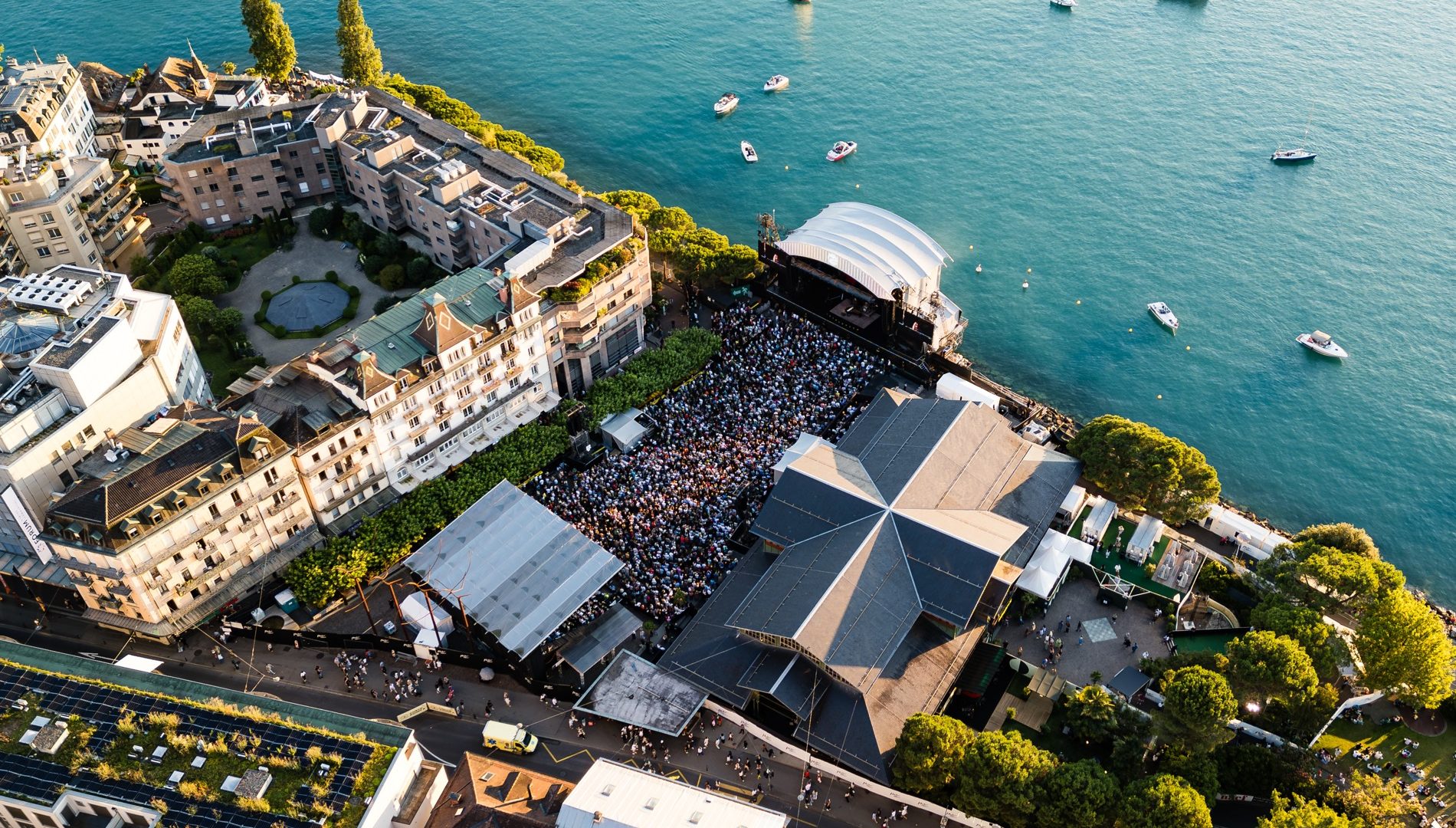A number of famous people have visited Kensington Gardens since its creation. The most well known of all of them never existed, at least only in the imagination of James Matthew Barrie and that of his numerous readers. His name: Peter Pan. The story of his adventures, symbolised in this location by a very real statue, is a wonderful invitation to discover this royal park in the heart of London.
There was once a baby born in London who one night flew from the window of his bedroom and took refuge in a park where he made numerous encounters, spoke to the birds, lulled the fairies with his music and pitted himself against storms on the Serpentine lake. The “true” story of Peter Pan, before it was romanticised in 1953 by Disney, takes place in Kensington Gardens. It is in this magical place that James Matthew Barrie set the scene for the adventures of his little paper hero as he told them for the first time in 1906, without the fairy Tinker Bell, or the Darling family, or Captain Hook, in Peter Pan in Kensington Gardens.
Looking for inspiration
A place he knew like the back of his hand having lived not far away and having roamed through every part of it with his dog in search of inspiration. His works increased the notoriety of the gardens such that the Duke of Cambridge himself handed him, as a token of gratitude, the key to one of the access gates. Born in Scotland into a family of nine children, James Matthew Barrie would derive the subject matter of his stories from his personal life: an absent father, a mother who adored her eldest son, the accidental death of the latter, the attempts to fill the void, later a marriage followed swiftly by a divorce, a tender love for five children and their mother who met in Kensington Gardens, the sudden loss of three of them. The very opposite of a fairy tale.

Wave of a magic wand
In order for fiction to be found in the gardens just as the gardens were found in the fiction, the writer commissioned from the sculptor George Frampton a bronze of Peter Pan playing the flute to an audience of fairies, squirrels and rabbits adorning his pedestal. He entertained the fantasy further by having the monument erected the night of the 1st May 1912 so that the children, discovering it in the morning, would believe that the fairies had bestowed this gift upon them with the wave of a magic wand. Recently restored, it can be found today in these famous Kensington Gardens. For a long period serving as hunting and recreation grounds for the royal family, redesigned and redeveloped under Queen Mary and Queen Caroline, the gardens were initially opened to people dressed “in a respectable fashion” before becoming a public park in 1841.
Experience both culture and nature
There are so many sights to be seen there that they cannot all be taken in in one day. For a cultural experience, visitors should go and admire Kensington Palace and the Orangery (the perfect place to enjoy a royal tea!), the Albert Memorial, considered to be one of London’s architectural marvels, the Serpentine Gallery, dedicated to contemporary art, or the amazing Elfin Oak, the stump of a thousand-year-old tree adorned with small fantastical creatures. For an experience of nature, you can wander along the Serpentine and the Long Water, in the wild flower meadows, the rigorously pruned Cradle Walk, as well as in the formal gardens, the Italian Gardens and its four ornamental ponds or the sunken garden which since 2017 has housed a statue of Diana who liked to spend time there. Like the birds, the squirrels … and Peter Pan. With whom we can rediscover the magic of childhood in this enchanting park.









